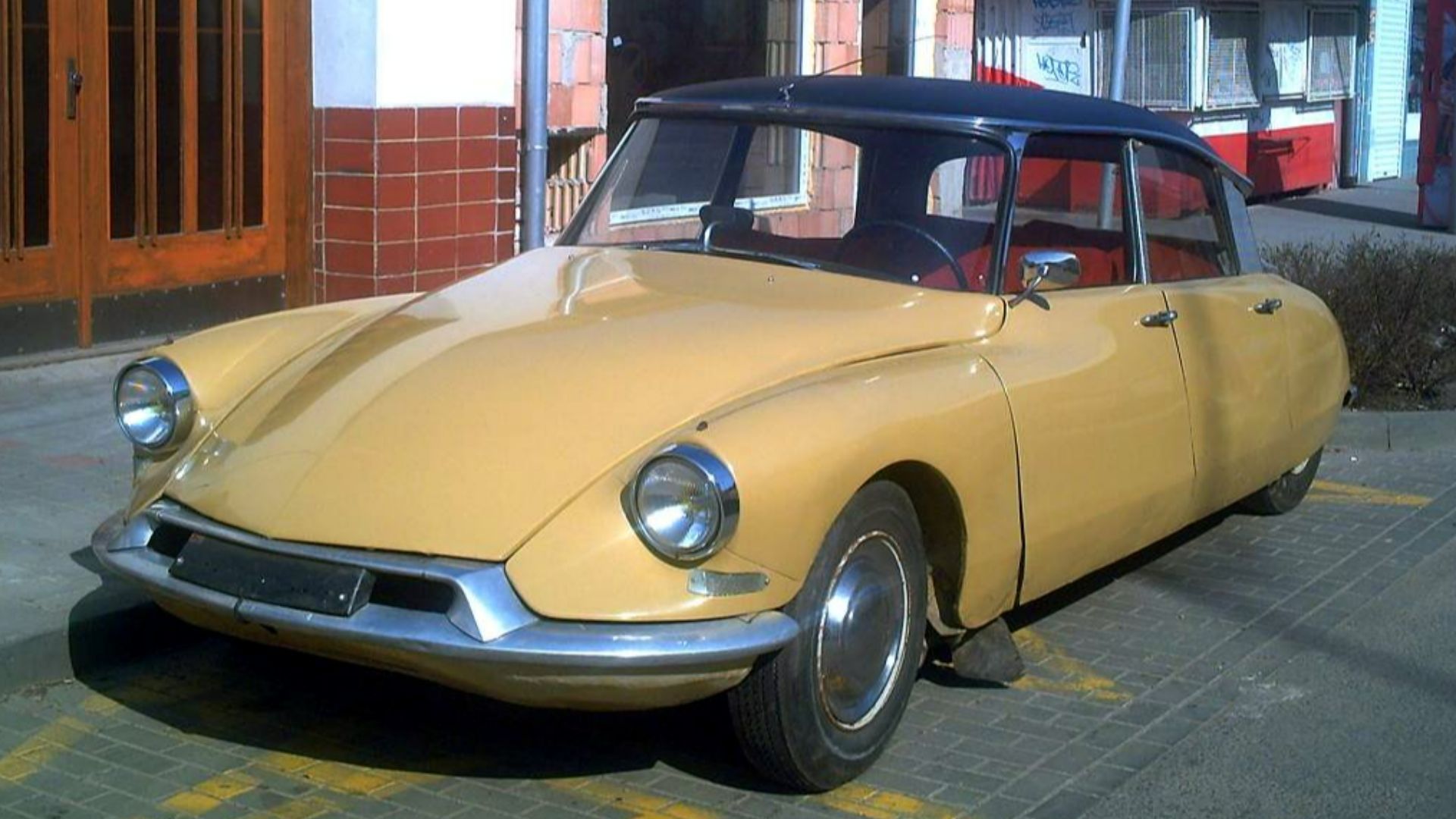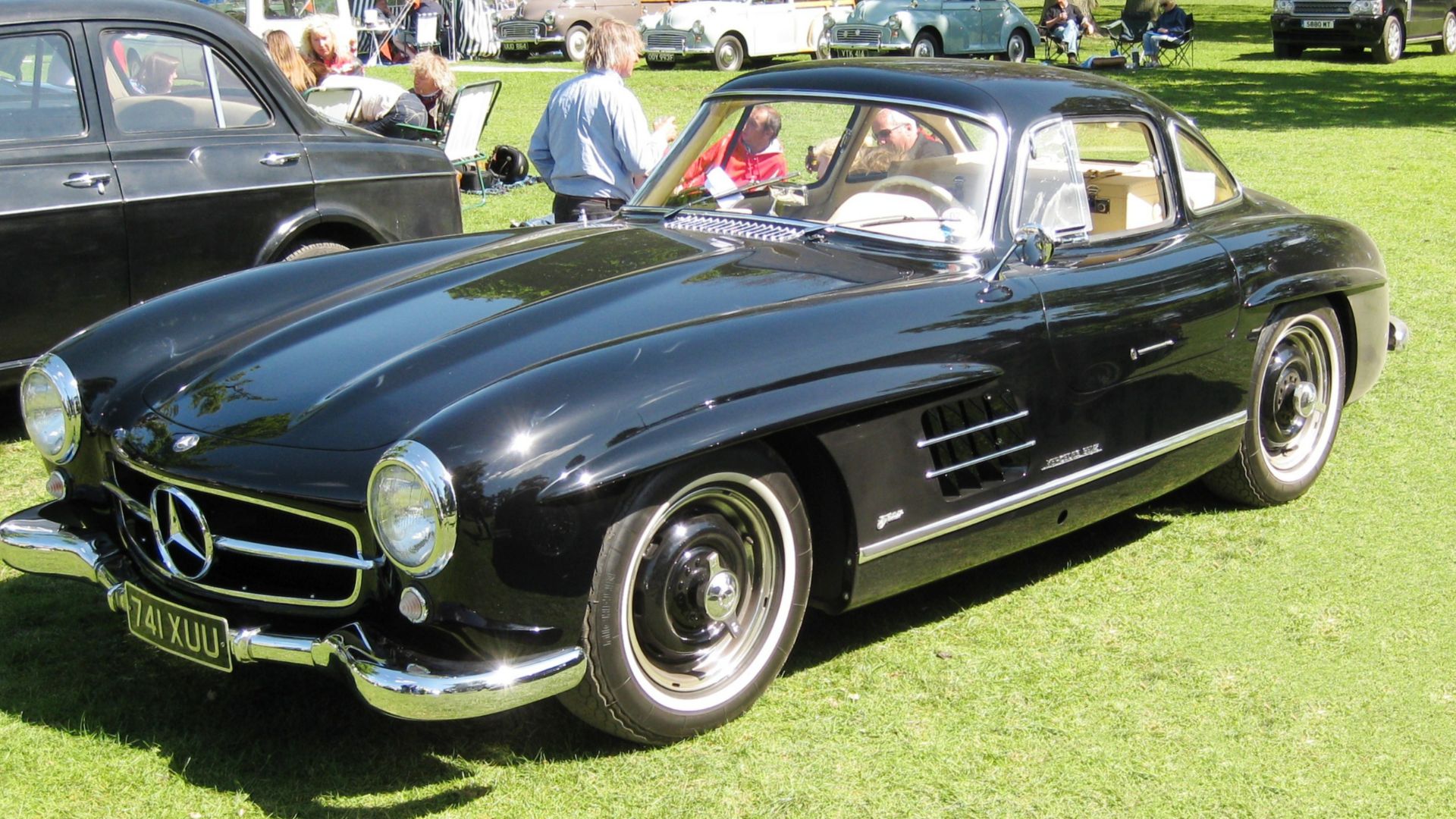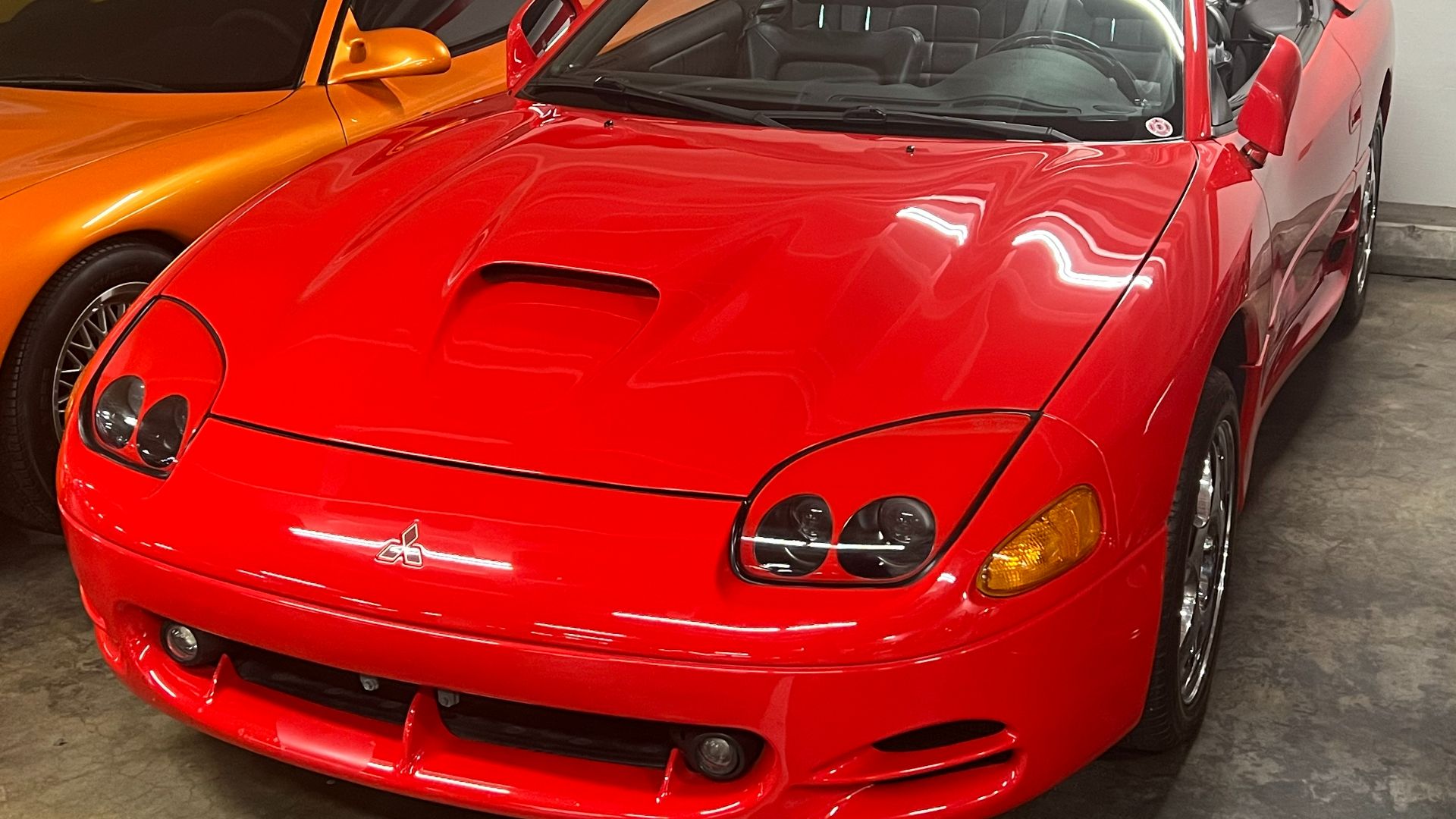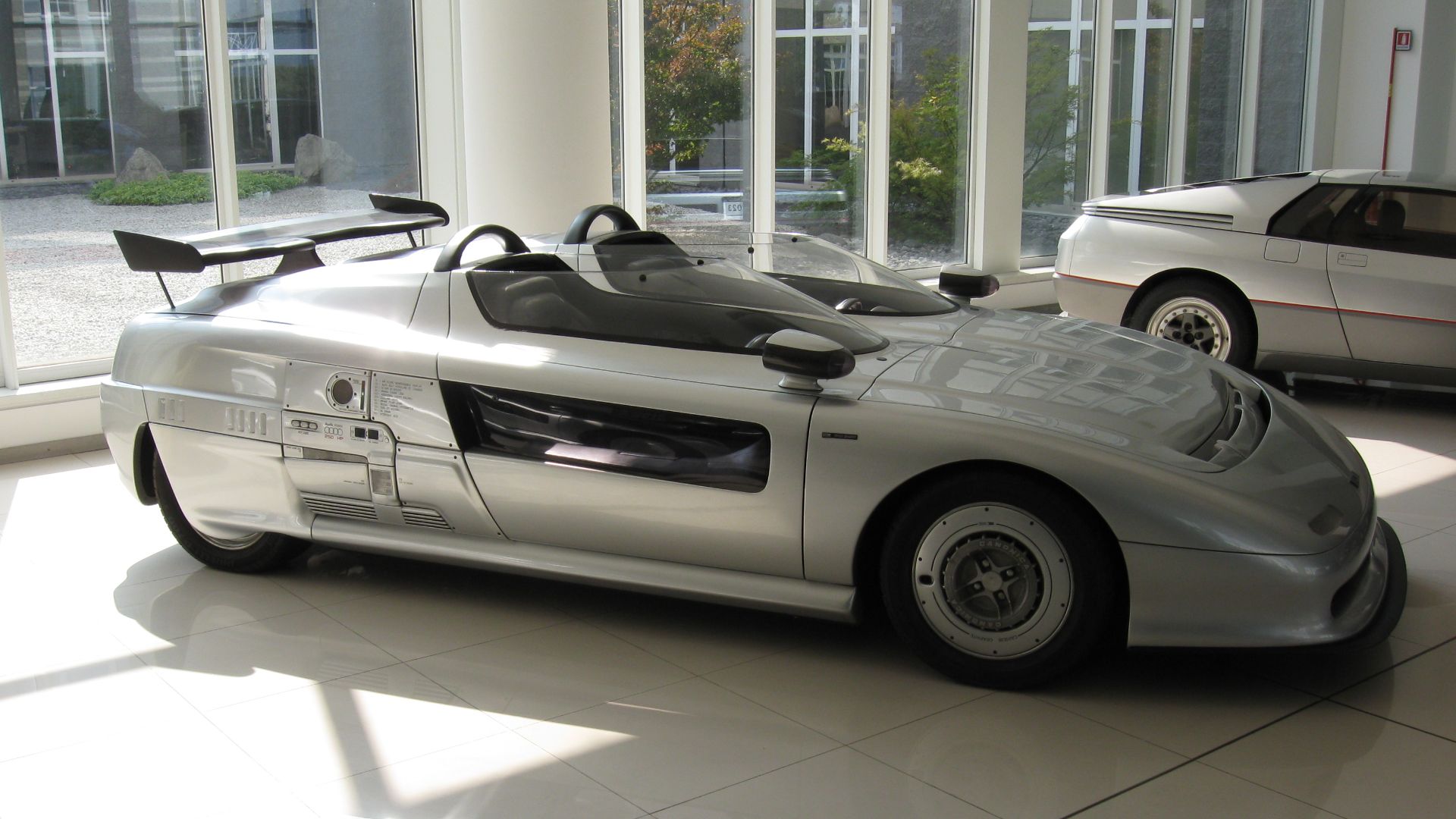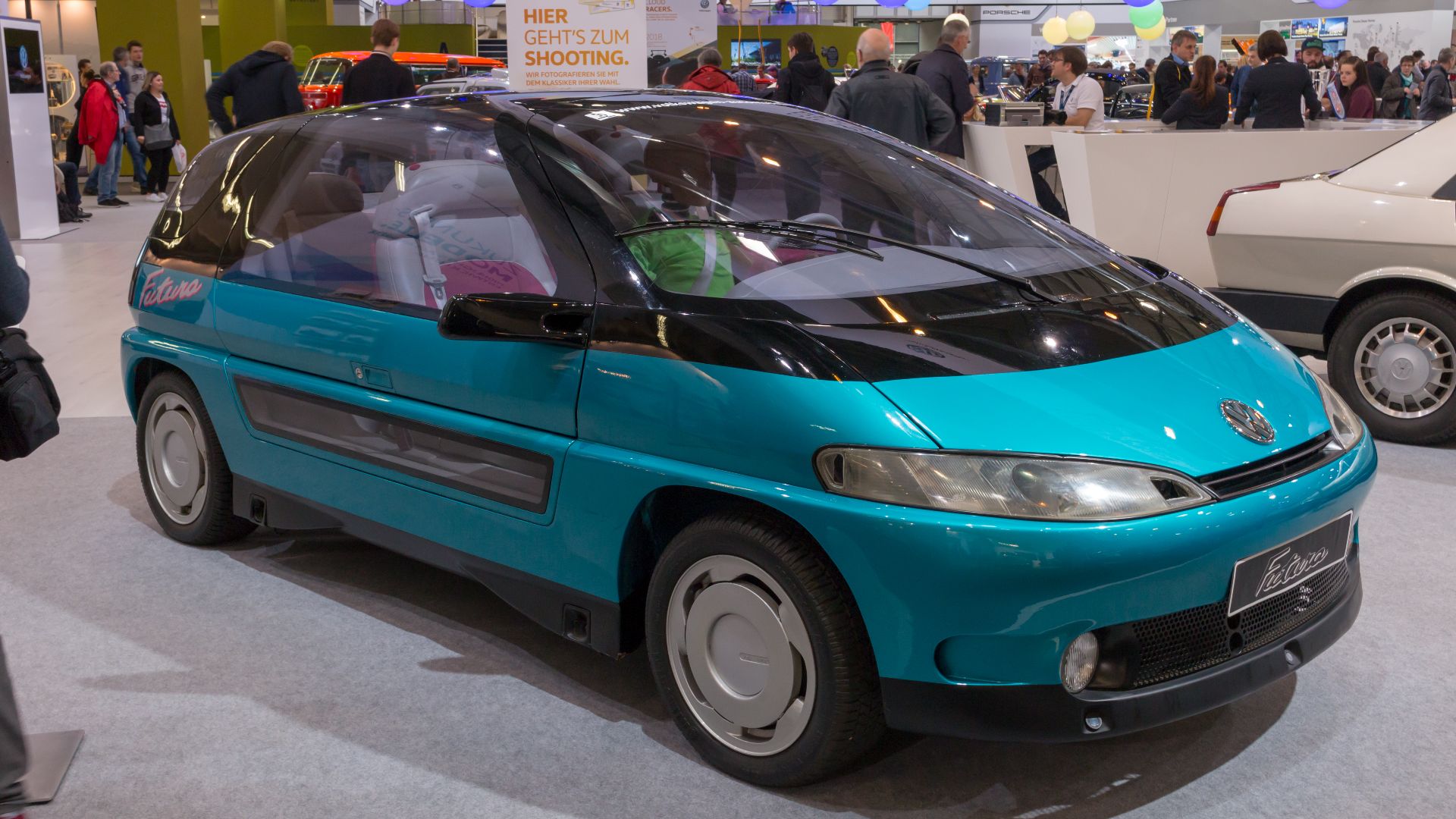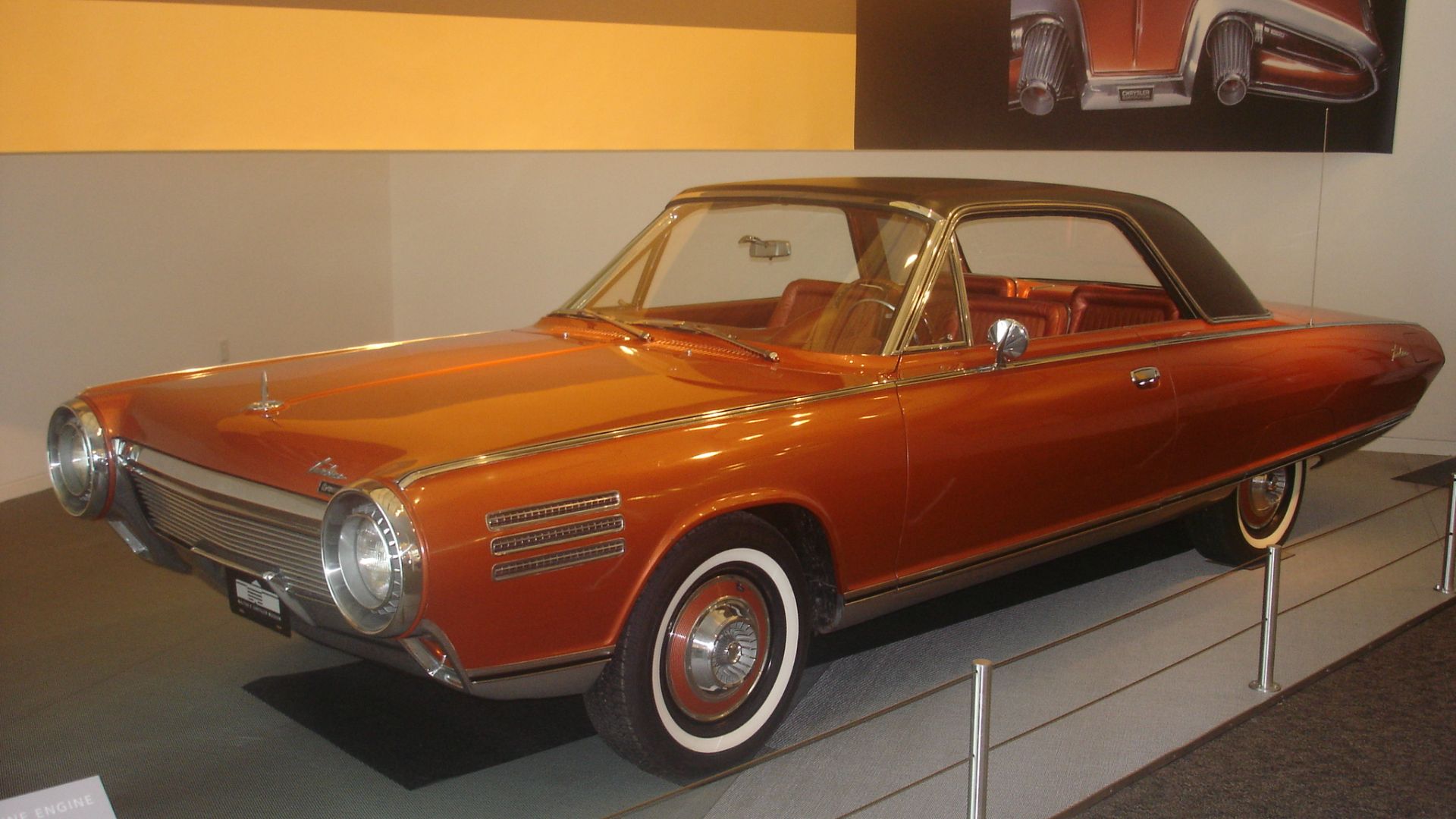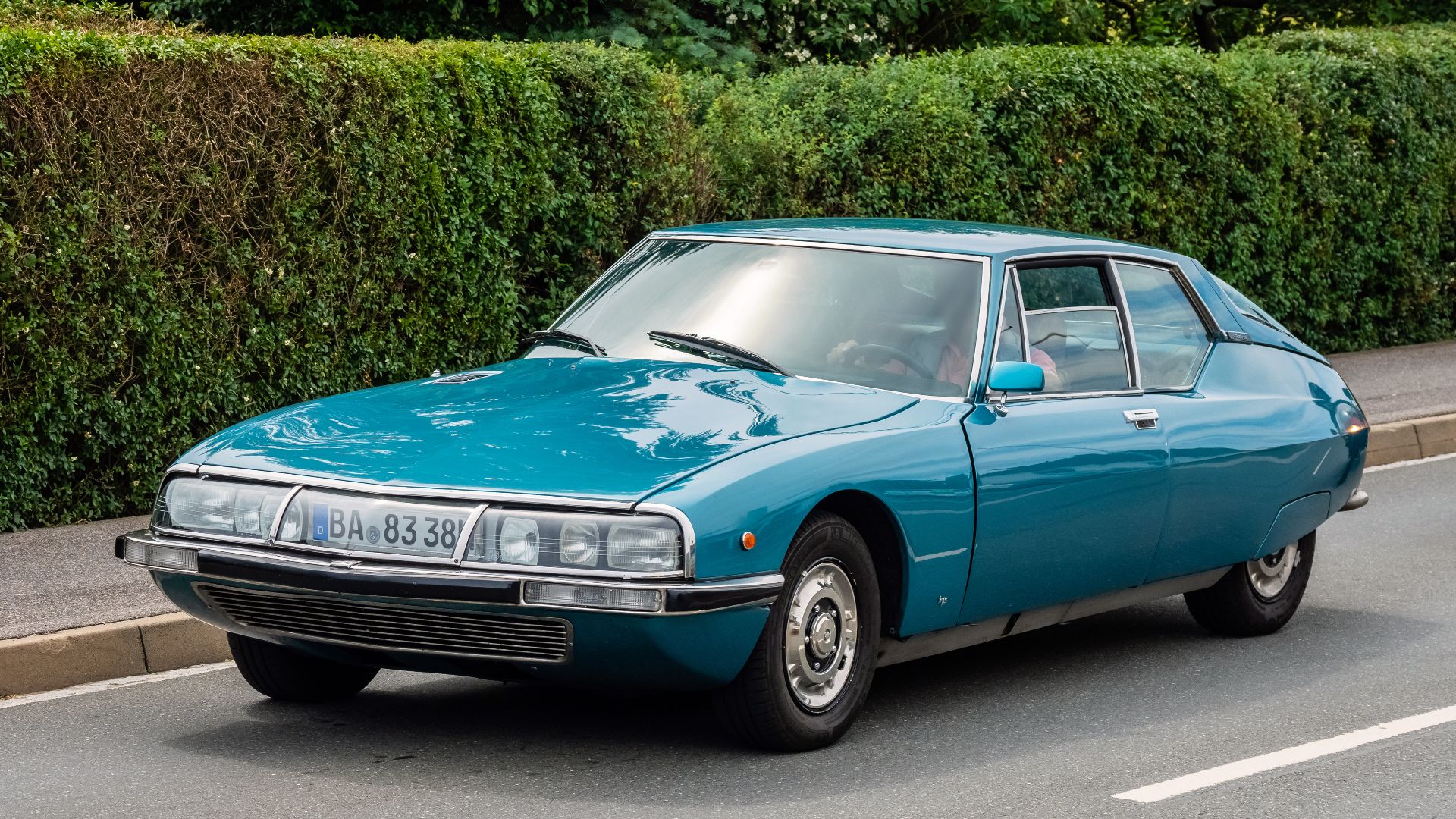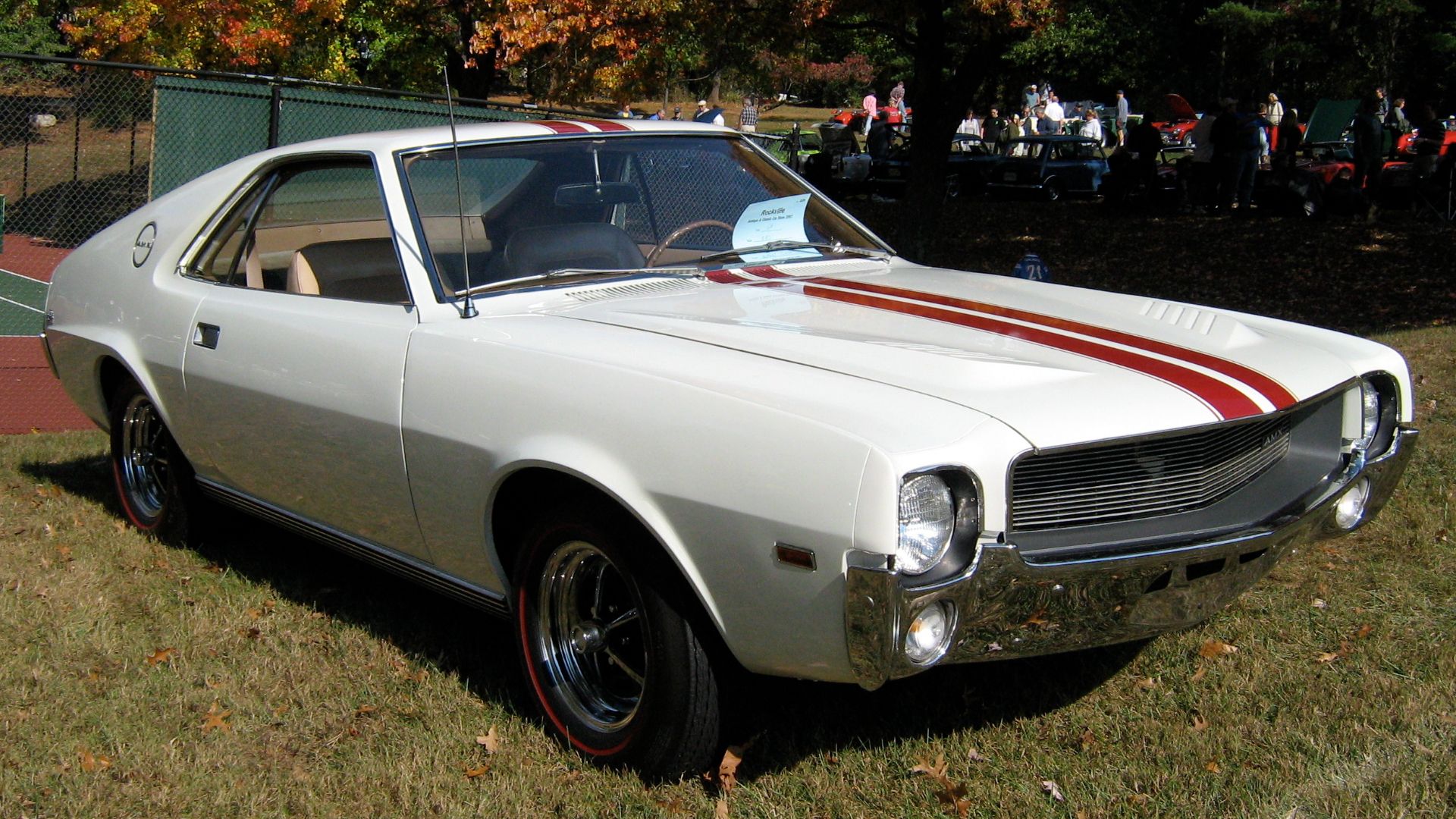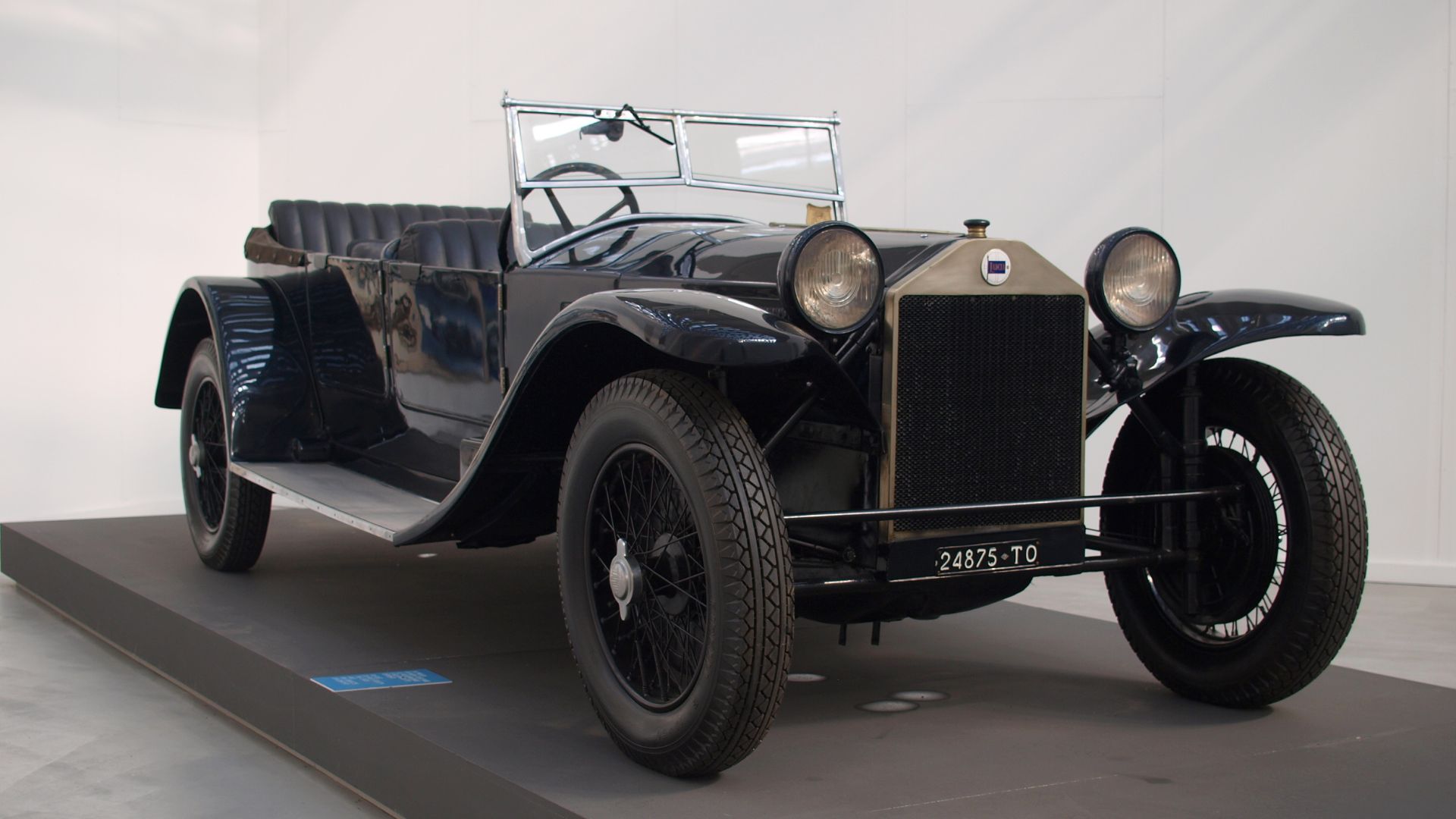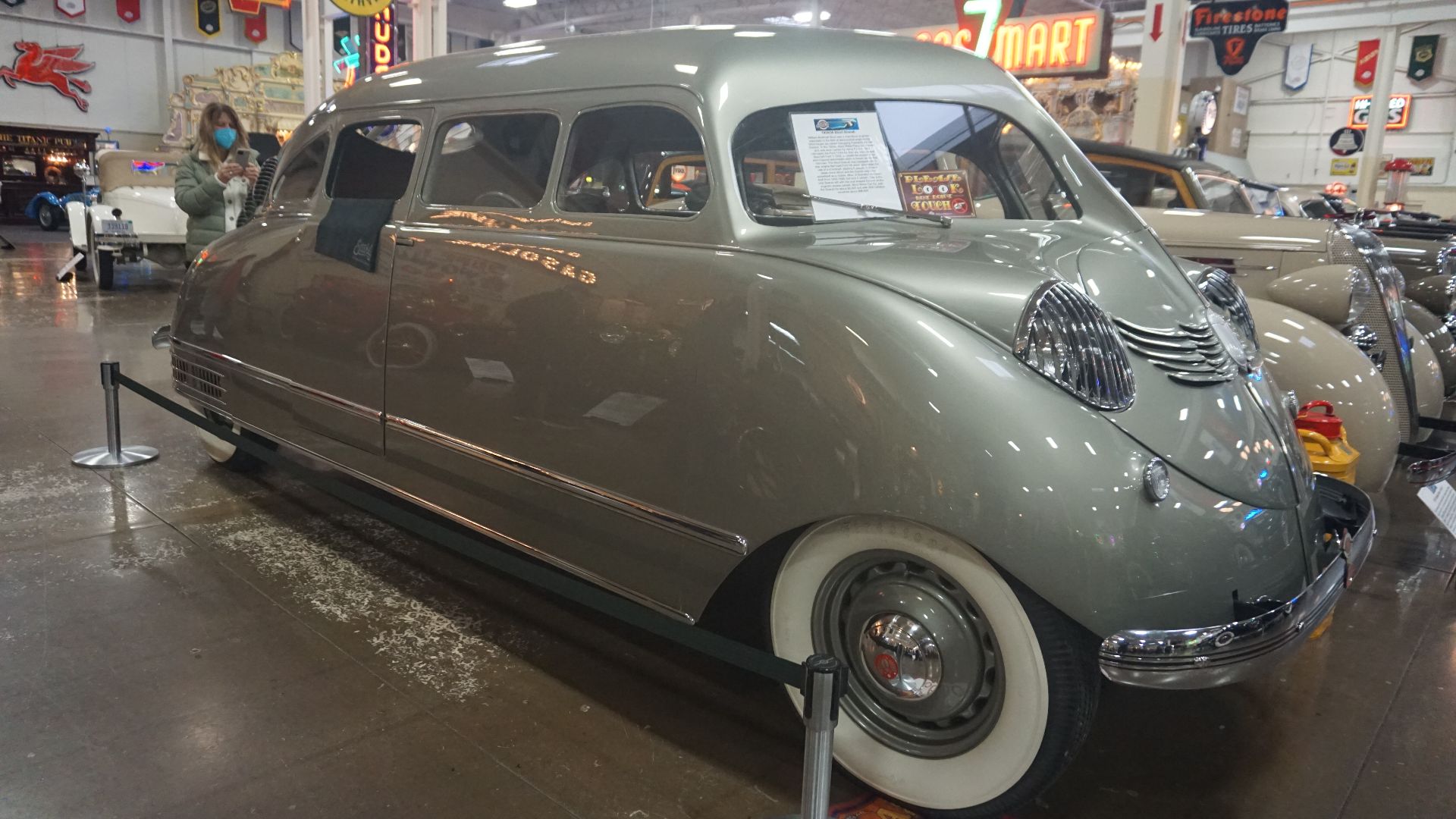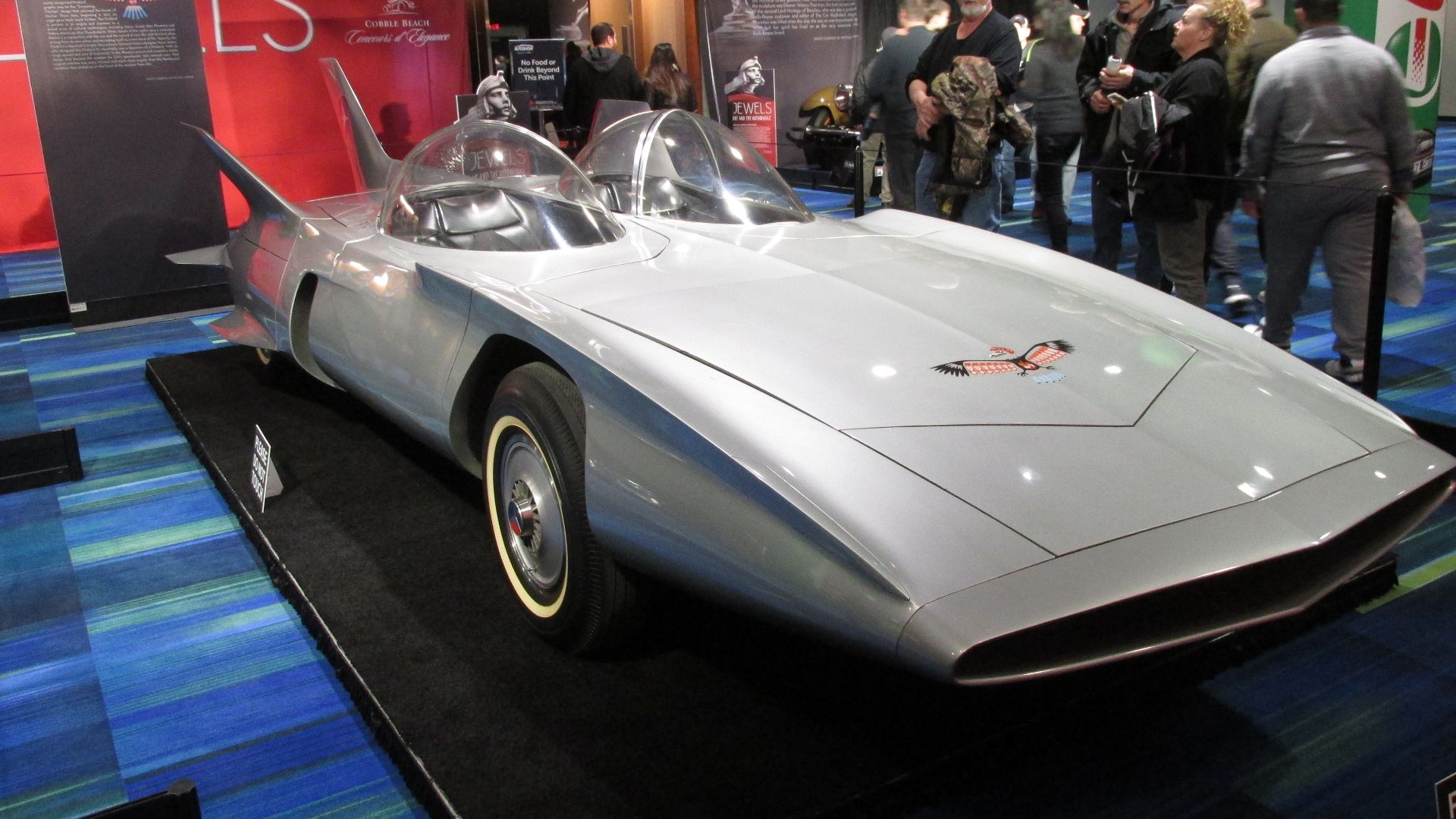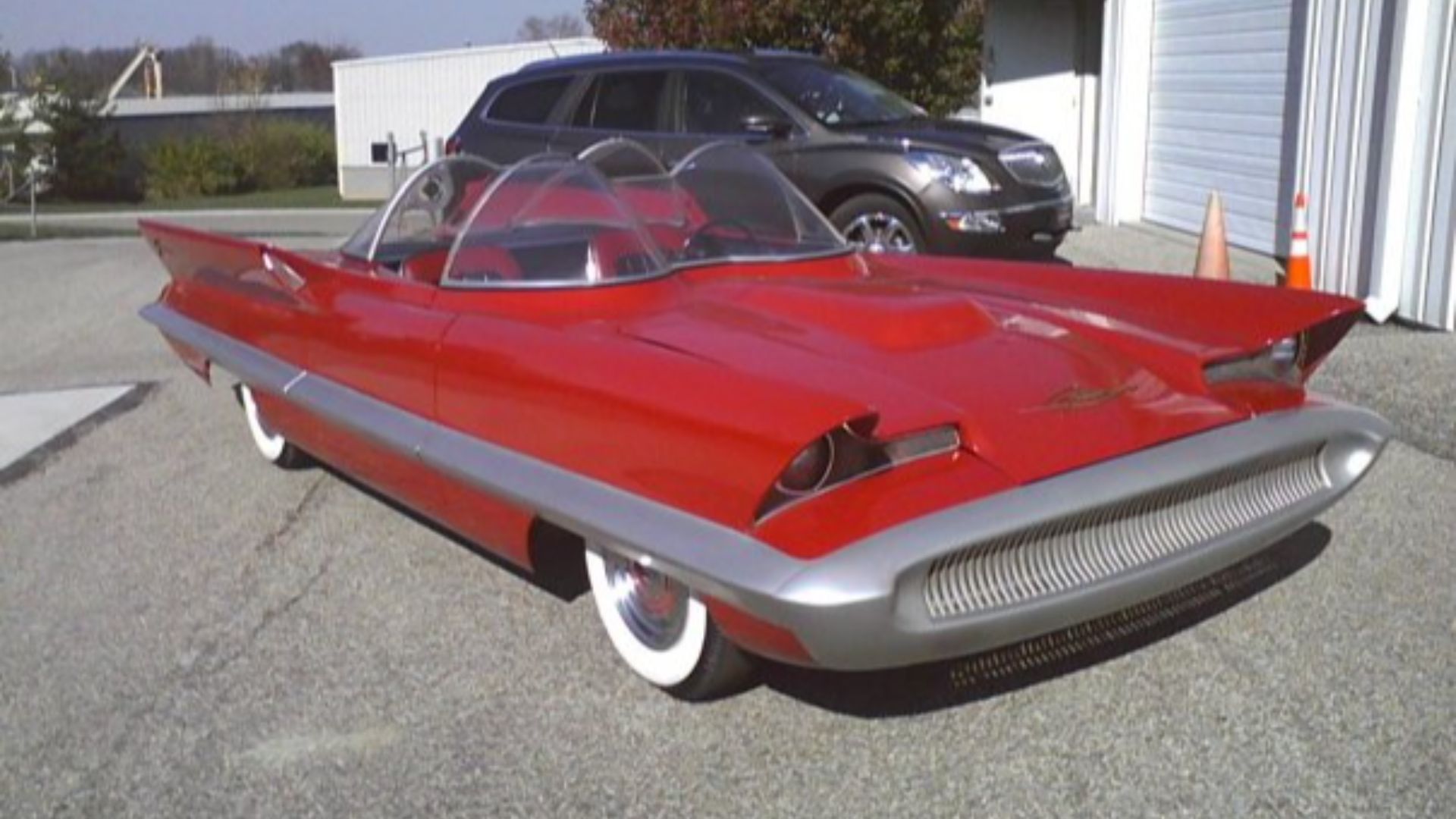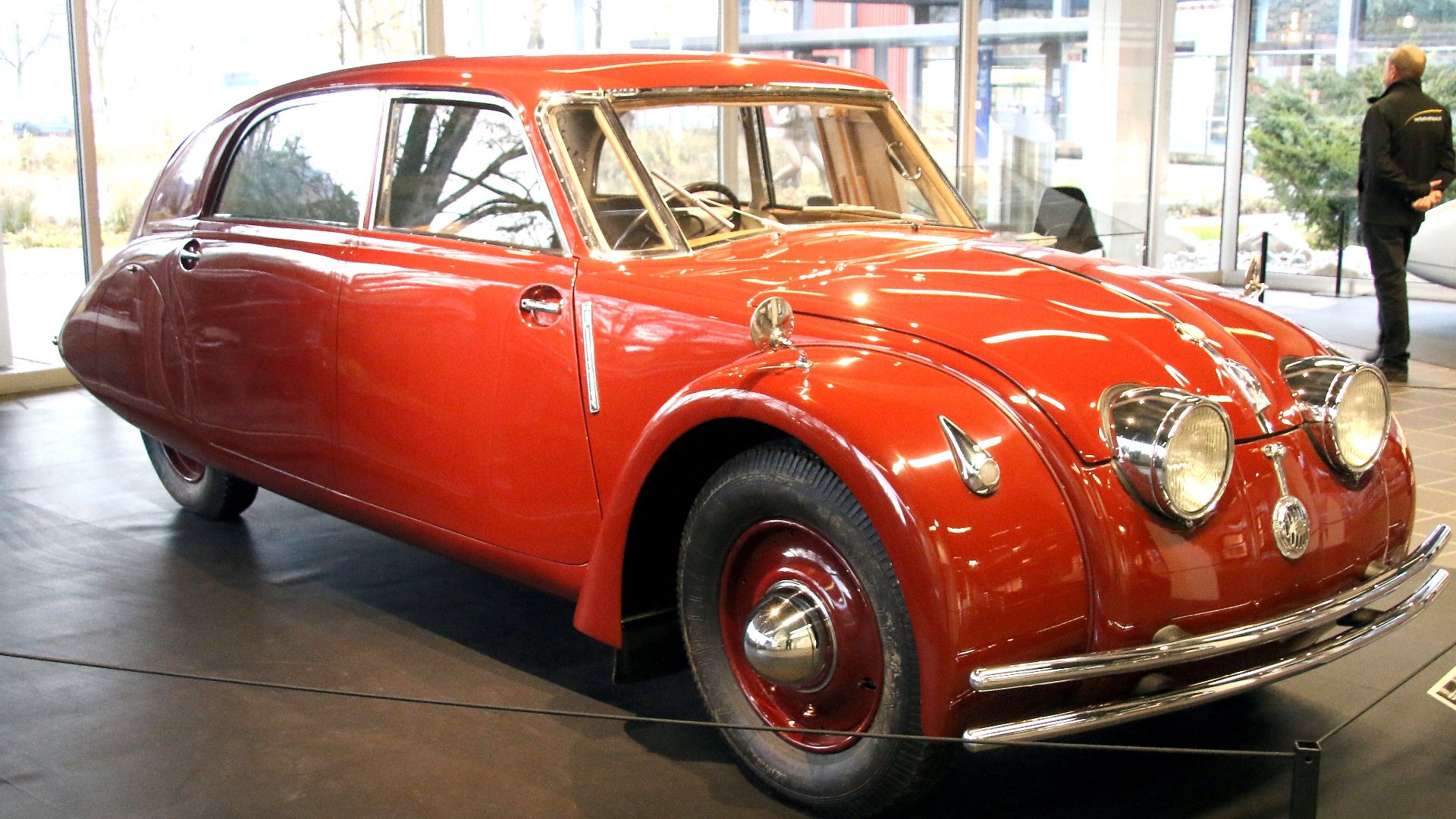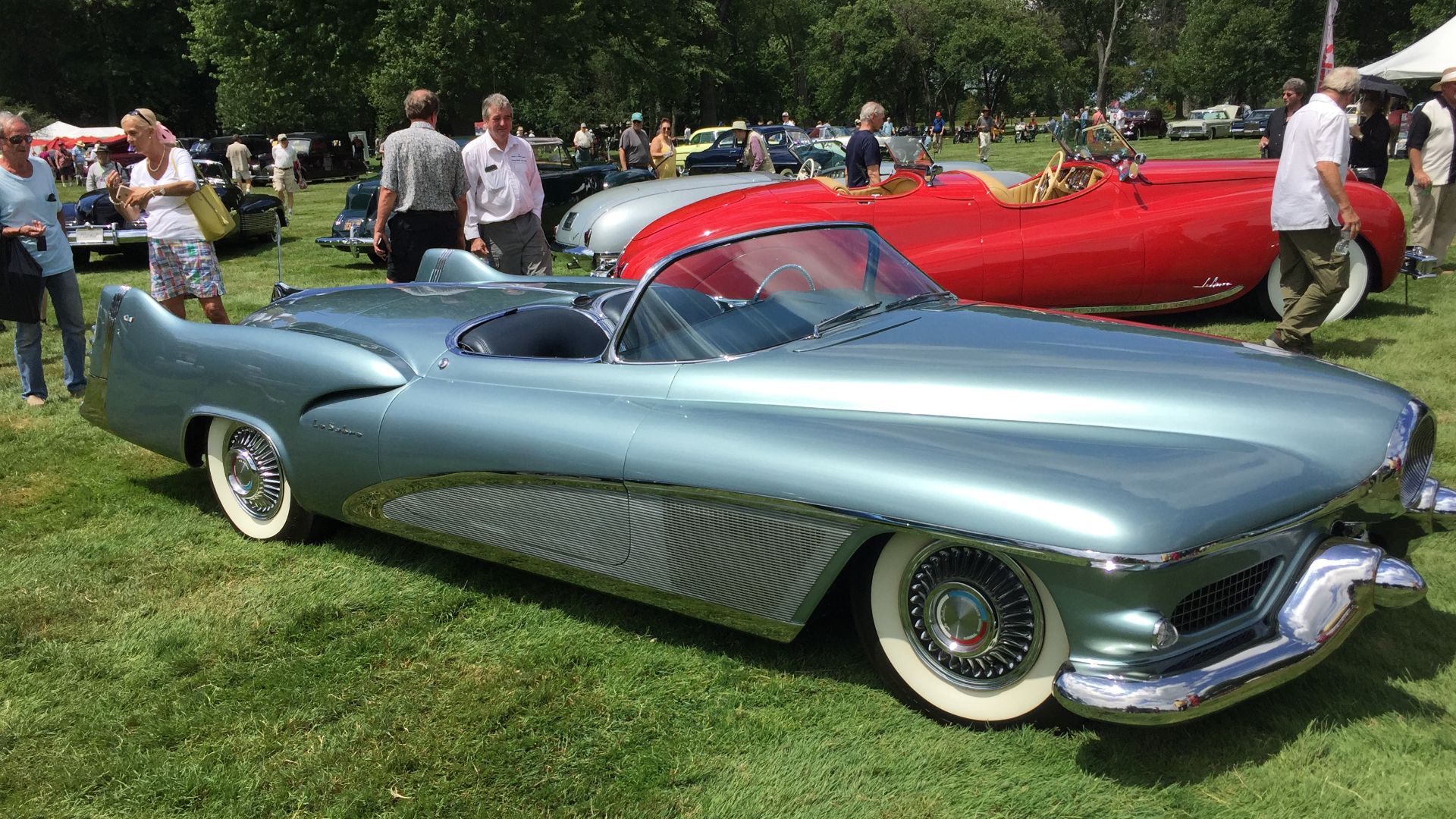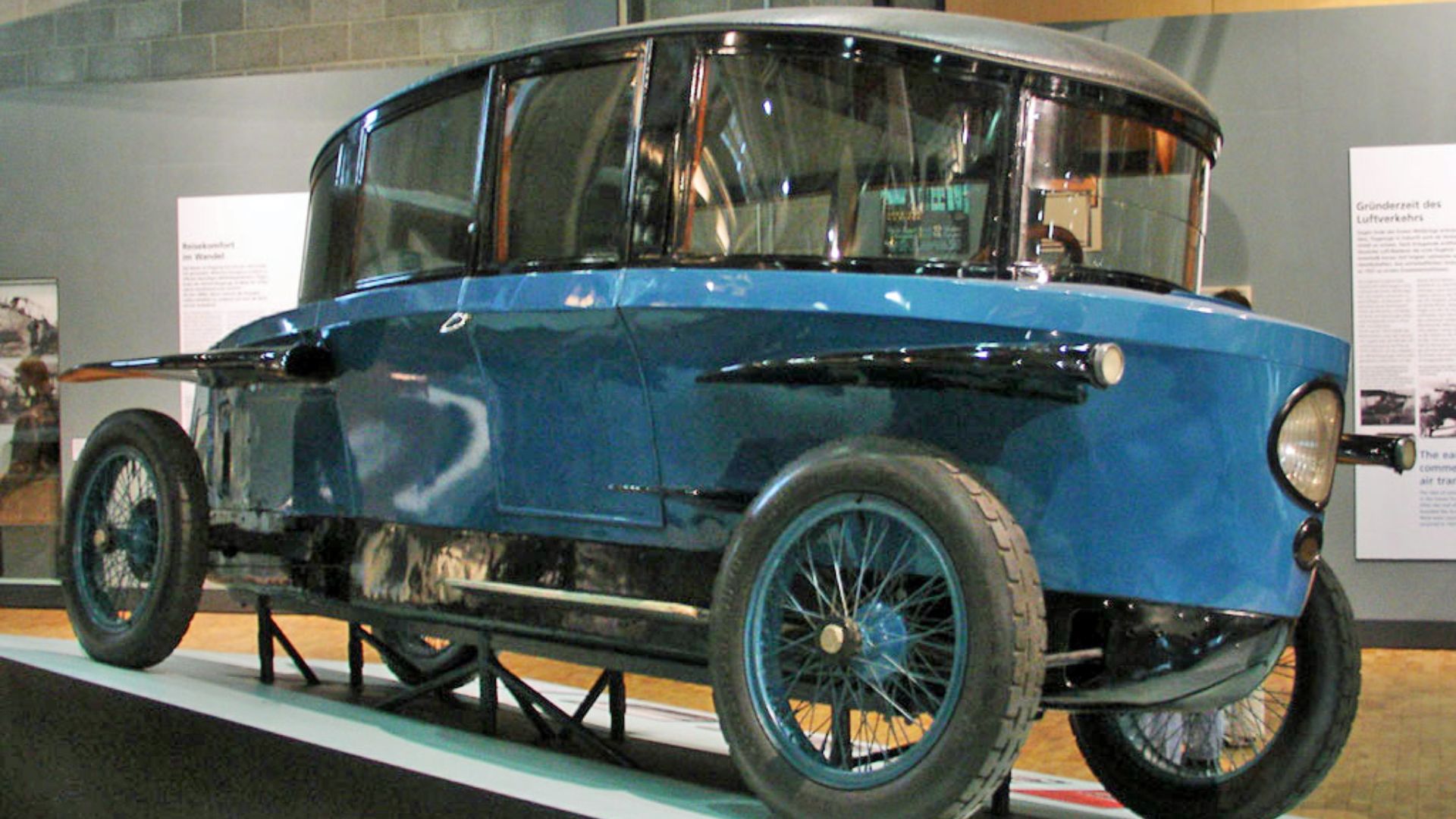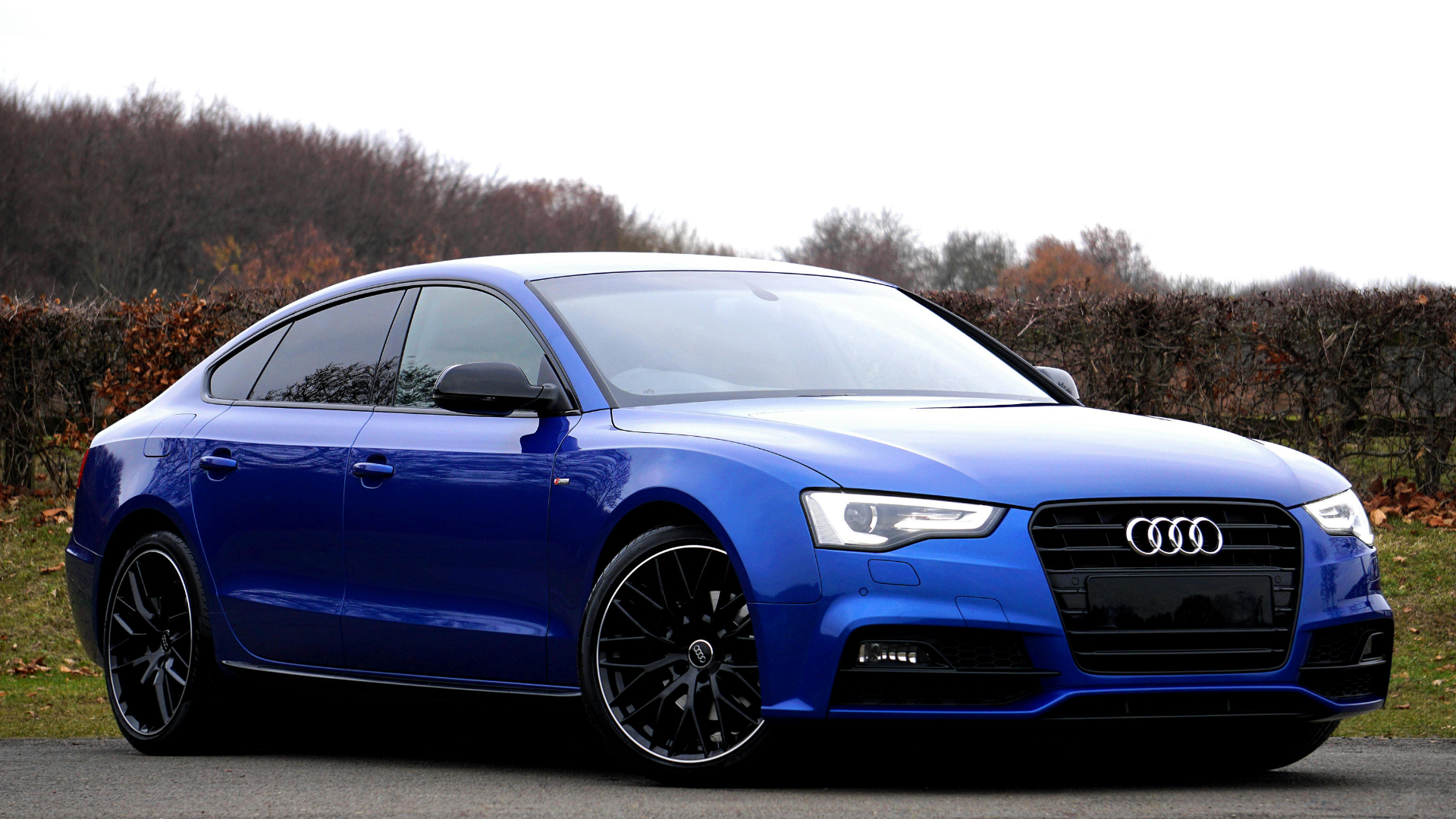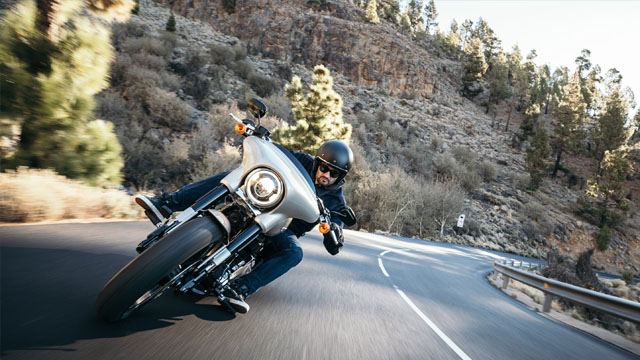Where Innovation Met The Road Too Early
Time has a funny way of catching up to bold ideas. Decades ago, some cars quietly rolled out with features most drivers wouldn't see again until much later. These vehicles may have baffled buyers or faded too fast, but their ideas stuck around. Here are some cars from the past that brought the future with them.
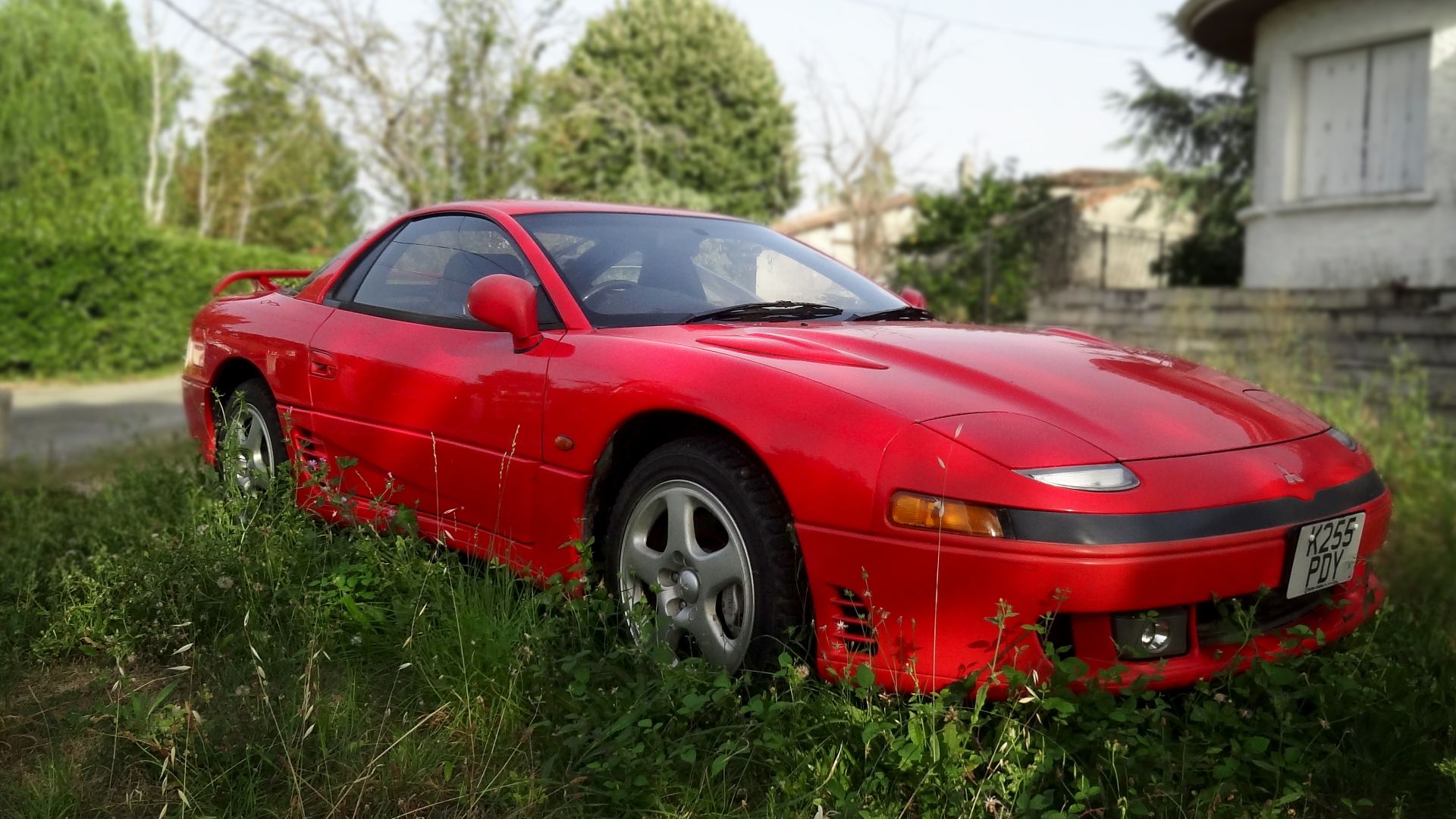 Falcon® Photography from France on Wikimedia
Falcon® Photography from France on Wikimedia
1. Citroën DS (1955)
Launched in post-war Paris, this car practically seemed to levitate. Its hydropneumatic suspension allowed it to glide over potholes while automatically leveling itself. The DS also had power steering and disc brakes—features rare even in luxury models. No wonder over 12,000 people ordered it on day one.
2. Mercedes-Benz 300SL (1954)
Gullwing doors weren't the only surprise. Under the hood, this beauty introduced direct fuel injection to production cars decades before widespread adoption. A sleek racer dressed for the road, it set new expectations for performance coupes worldwide.
3. Oldsmobile Toronado (1966)
Front-wheel drive in a full-size American muscle car? That was Toronado's rebellion. GM's engineers ditched the traditional layout and granted better weight distribution and interior space. This oddball, paired with a massive 425 V8, cornered with unexpected grace for its bulk.
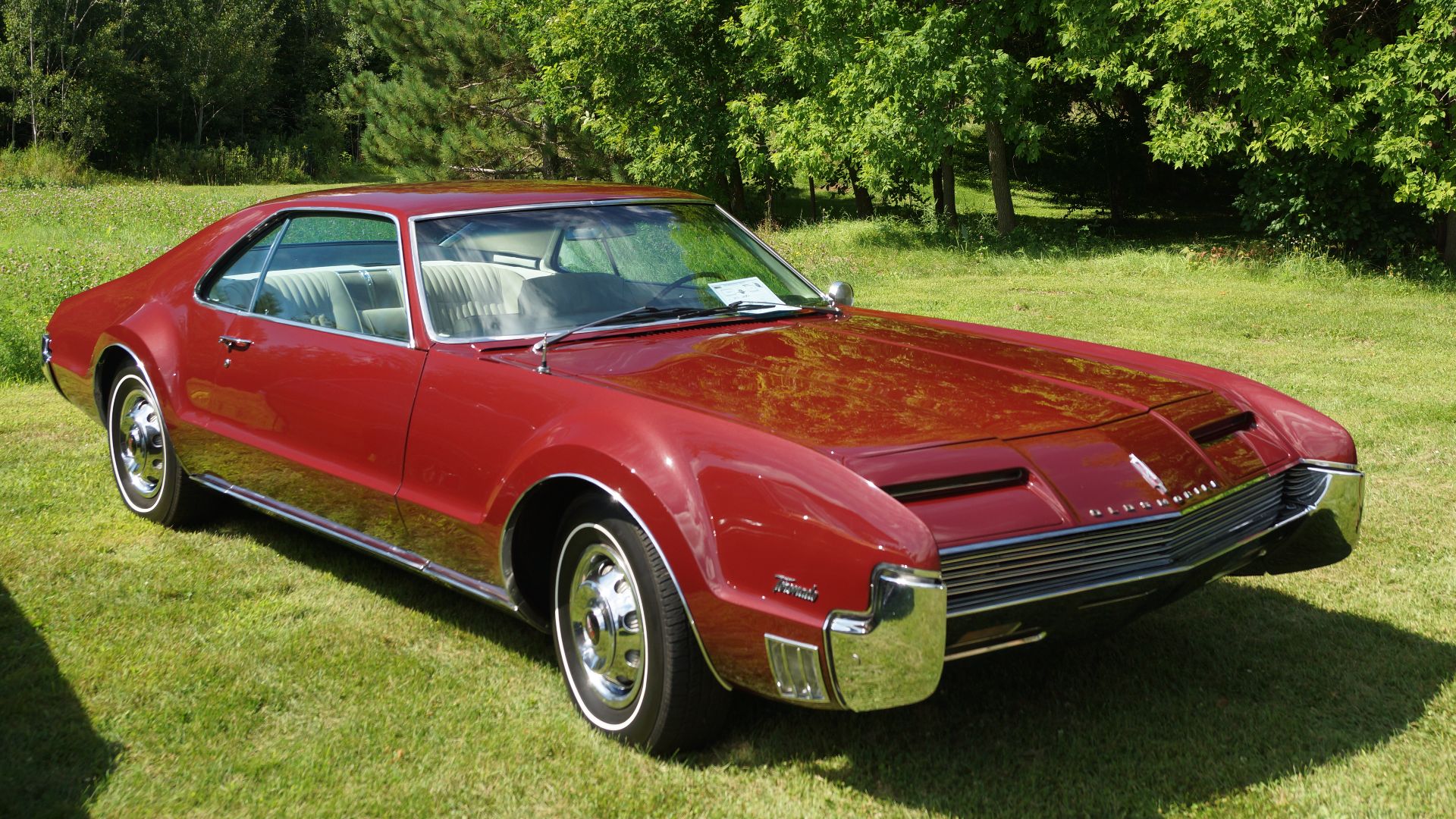 Greg Gjerdingen from Willmar, USA on Wikimedia
Greg Gjerdingen from Willmar, USA on Wikimedia
4. Mitsubishi 3000GT VR-4 (1990)
This beast was packed with active aerodynamics, twin turbos, all-wheel drive, and four-wheel steering. It wasn't a spaceship, but it drove like one. Built to challenge Europe's best, it showed how far Japanese engineering could stretch the definition of a "sports car."
5. Phantom Corsair (1938)
Sleek as a silver bullet, the Phantom Corsair looked like it rolled out of a sci-fi reel. Rust Heinz, heir to a condiment empire, funded this six-seater marvel with hidden wheels and an aircraft-inspired cockpit. Only one exists, and its legacy lives on.
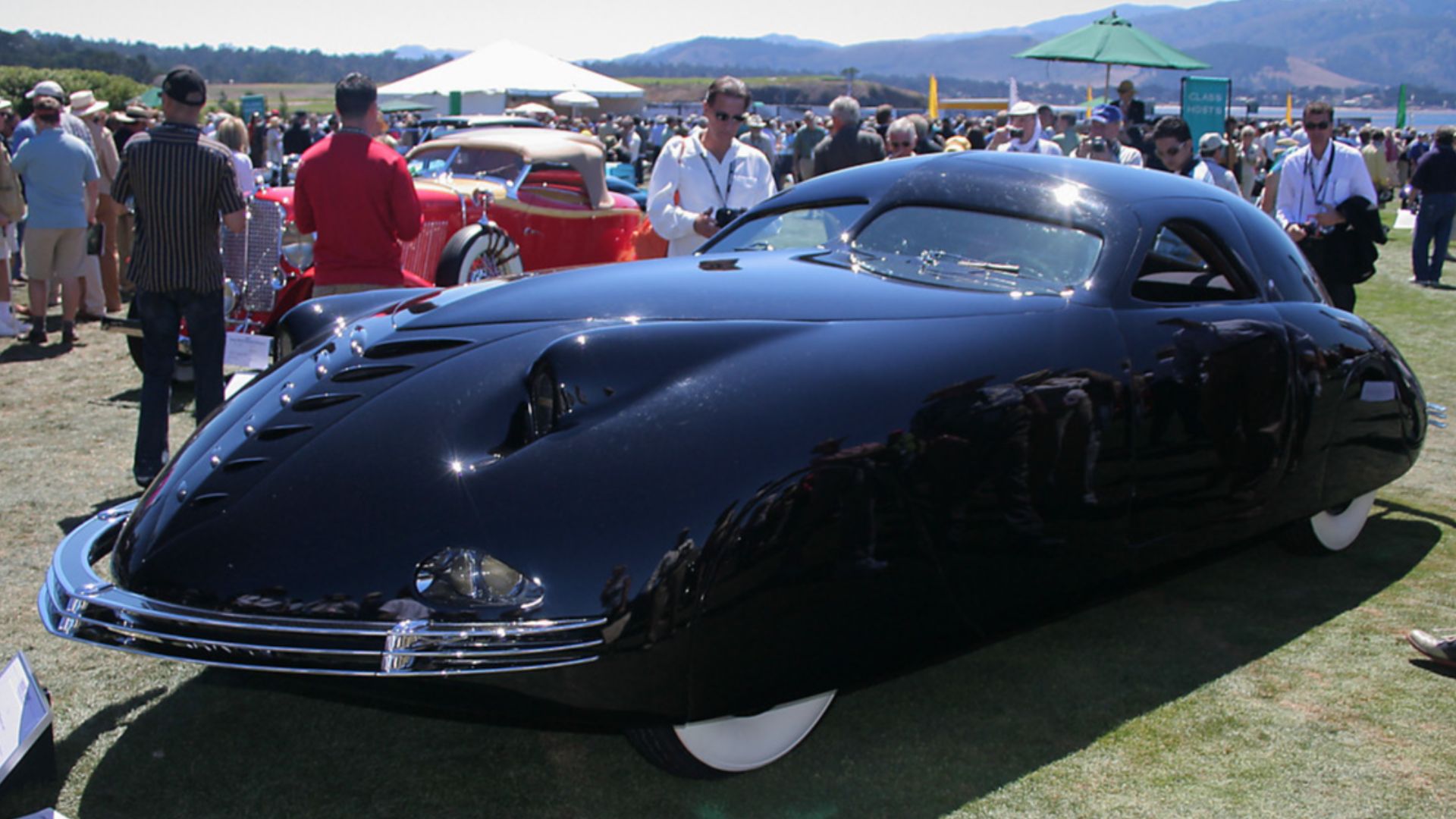 Rex Gray from Southern California on Wikimedia
Rex Gray from Southern California on Wikimedia
6. Italdesign Aztec (1988)
Two separate cockpits. Gullwing panels that looked straight out of cyberpunk fiction. The Aztec, with its voice-controlled systems, pointed to the future. Built by Giugiaro's Italdesign in a limited run, it's a rolling museum of wild design bets that dared to dream big.
7. Volkswagen Futura (1989)
Forget parking troubles—this concept parked itself. Add adaptive lighting and an electric parking brake, and you've got tech that didn't hit showrooms until decades later. VW never built it for mass use, but its features are seen in today's smartest sedans.
8. Chrysler Turbine Car (1963)
How about a car that could run on tequila? This turbine-powered prototype did. Chrysler built 55 of them and handed them out to real families. Quiet and jet-inspired, it wowed but flopped. Emissions and fuel costs grounded the dream before it took off.
9. BMW 7 Series (E32) (1986)
Meet the first production car with an integrated GPS. Dubbed "Carin," it wasn't exactly Google Maps, but it got the job done. Combine that with double-pane windows and adaptive suspension, and this executive ride quietly shaped the luxury tech arms race.
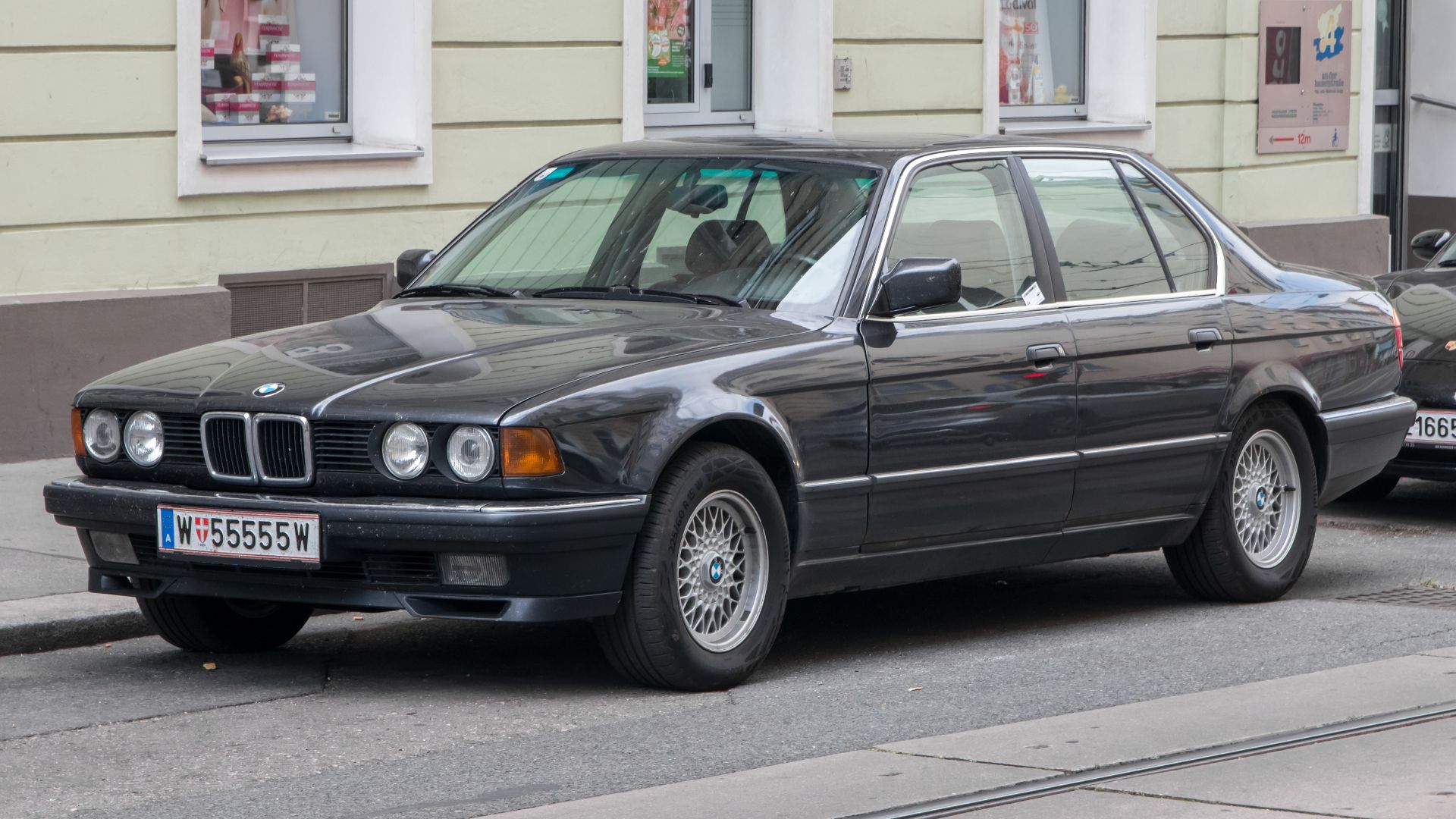 Johannes Maximilian on Wikimedia
Johannes Maximilian on Wikimedia
10. Toyota Soarer (1981)
Japanese luxury took a giant leap with this digital trailblazer. The Soarer offered a touchscreen climate system and electronically controlled suspension years before those features became the norm. Through this car, Toyota's engineers contributed to designing the future's blueprint.
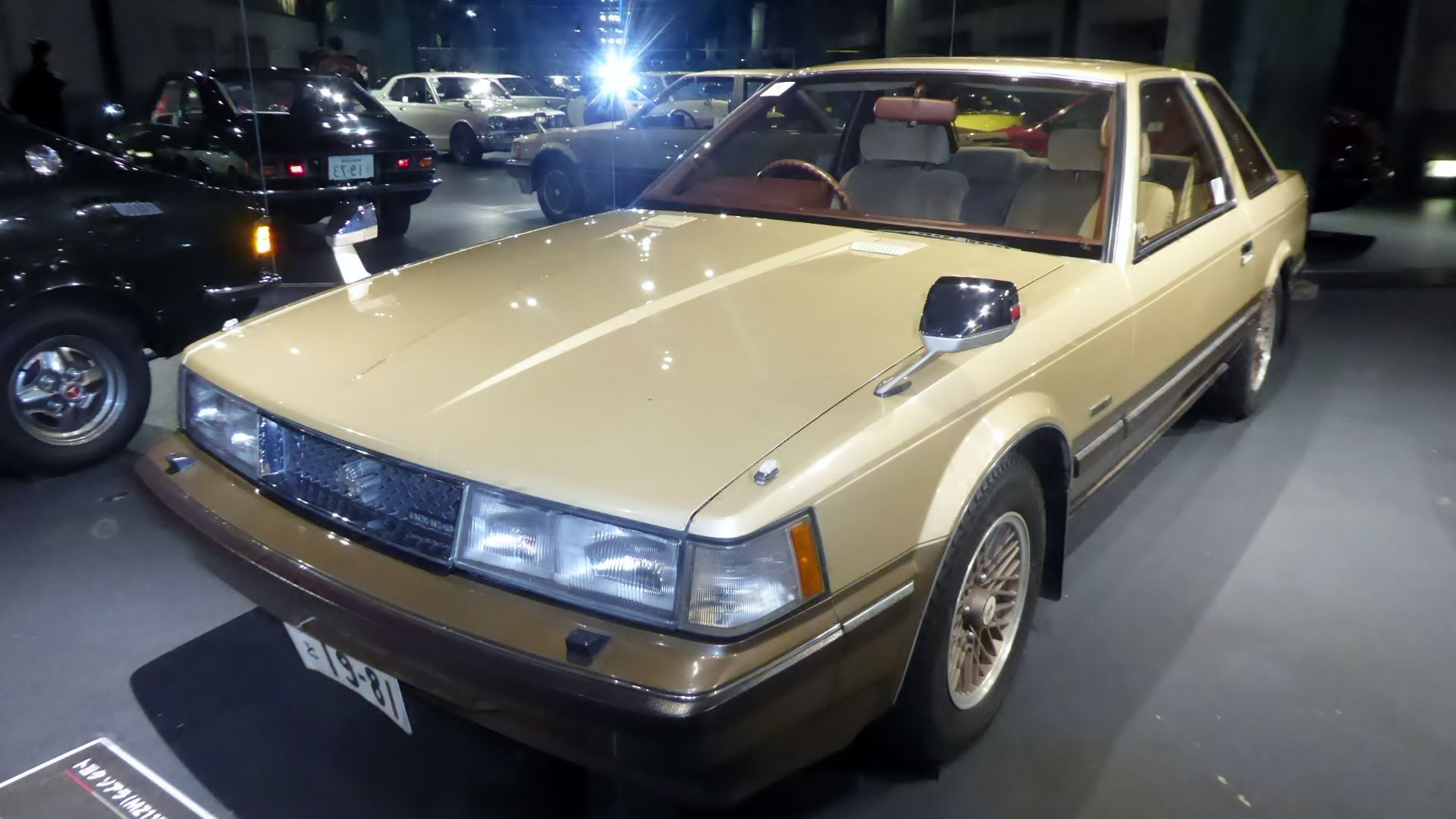 Tokumeigakarinoaoshima on Wikimedia
Tokumeigakarinoaoshima on Wikimedia
11. Citroën SM (1970)
It was a French marvel. Combining Maserati power with Citroën's fluid suspension and self-centering steering, the SM felt like it floated through traffic. Even its swiveling headlights turned with the wheel. For a moment, luxury motoring meant orbiting Earth, just a few inches above the pavement.
12. AMC AMX (1968)
Speed met innovation in a two-seater that dared to skip the back row. The AMX sported an all-steel unibody and came with options like a rally pack and experimental safety glass. Built by American Motors, it briefly made the muscle concept compact and fiercely futuristic.
13. Buick Centurion (1956)
Cameras instead of mirrors? That was the Centurion's trick. This concept swapped the driver's rearview for a black-and-white display linked to a trunk-mounted lens. It never hit the assembly line, but the idea lived on—just check your backup camera next time you park.
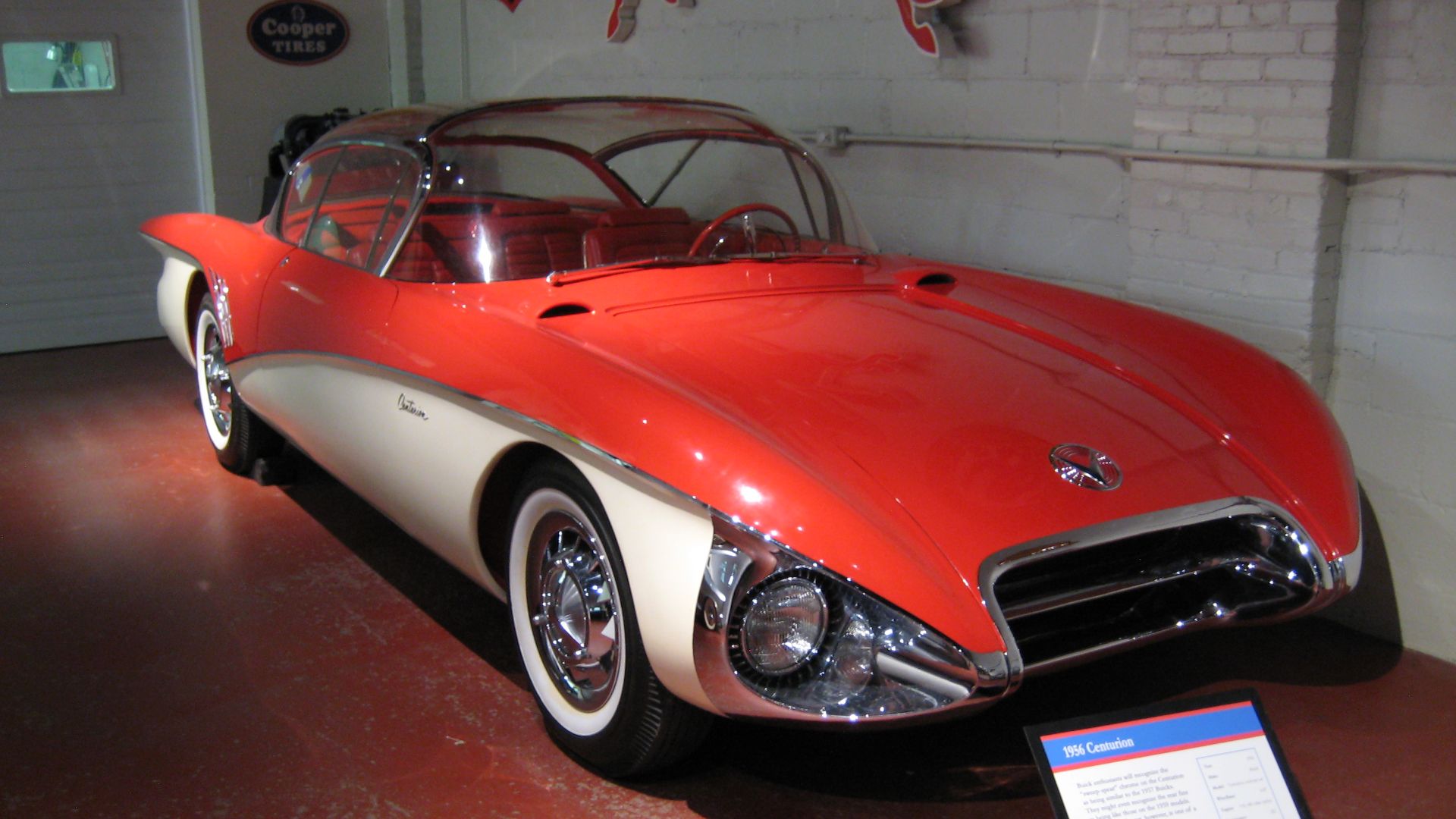 JOHN LLOYD from Concrete, Washington, United States on Wikimedia
JOHN LLOYD from Concrete, Washington, United States on Wikimedia
14. Lancia Lambda (1922)
The structure of vehicles changed forever with the arrival of this car. It was the world's first to use a load-bearing monocoque chassis, ditching traditional frames for a single shell. Pair that with an independent front suspension, and you've got an Italian pioneer driving like no rival in its class.
15. Stout Scarab (1935)
Minivan roots trace back here. The Stout Scarab featured a flat floor and seats that swiveled and moved like furniture. Architect William Stout imagined it as a traveling office. Just nine were built, but every multi-purpose vehicle owes it a nod.
16. GMC Firebird III (1958)
Joystick driving? Yep. This jet-inspired concept allowed drivers to steer with a single lever. It was powered by a gas turbine and equipped with cruise control. The tailfins finish made it look ready for takeoff, while the dashboard made others seem medieval by comparison.
17. Lincoln Futura (1955)
Fins, domes, and daring lines made the Futura a space-age spectacle. Designed by Bill Schmidt, it introduced a double-bubble canopy and push-button gear selector. Later reimagined as the Batmobile, this concept proved that bold design doesn't mean giving up on operationality.
18. Tatra 77 (1934)
Luxury went aerodynamic in this Czech creation. The Tatra 77 featured a rear-mounted V8 and rear fins designed by a Zeppelin engineer. Even its dashboard warned of oil pressure and battery levels—a novelty at the time. Its silence in motion made it the perfect executive sedan.
19. Buick LeSabre Concept (1951)
Aluminum body panels and rain-sensitive roof retraction—this car, with a jet-like profile, brought the future to 1951. Harley Earl's design language conveyed speed, even when the vehicle was parked. You've seen its influence everywhere, whether you noticed it or not.
20. Rumpler Tropfenwagen (1921)
Droplets inspired this aerodynamic trailblazer. The Rumpler's teardrop body shape sliced through the air with a drag coefficient that cars wouldn't match for decades. Mid-engined and wildly different in form, it offered a glimpse of how streamlining could shape both speed and style.


